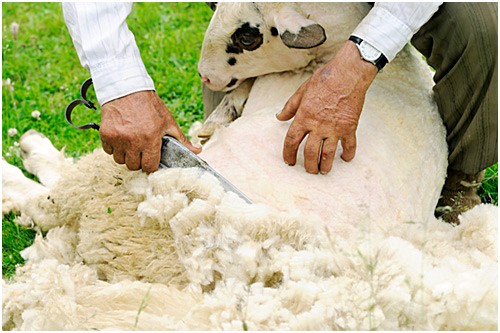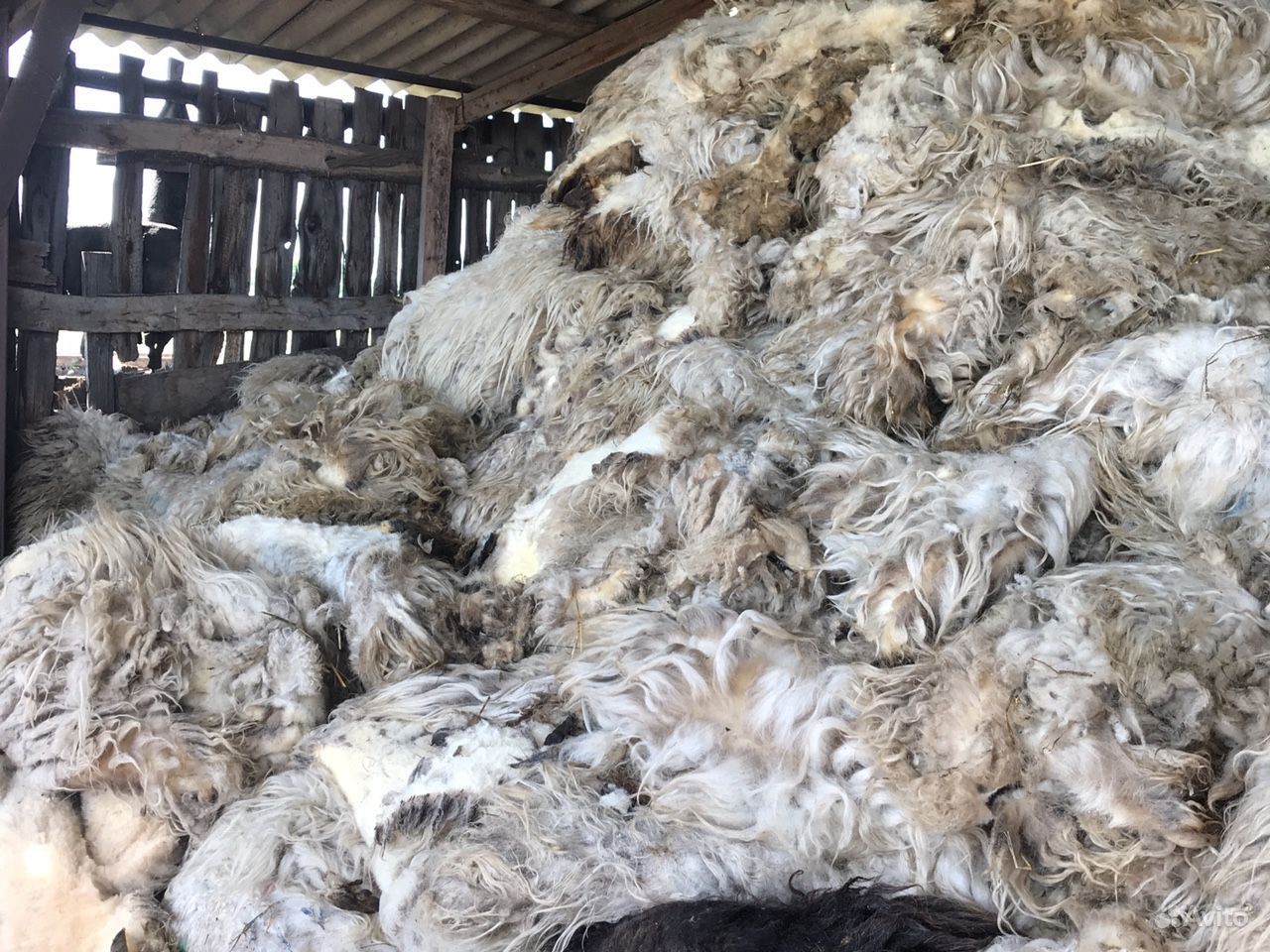Wool

Description
Wool is a natural fiber derived from the wool cover of animals such as sheep, goats, llamas and rabbits. It is valued for its softness, insulating properties and ability to retain heat.
Composition
The main component of wool is the protein keratin, which is also found in human hair and nails.
Production
Haircut: Wool is cut from animals, most often sheep, by hand or by machines.
Washing and processing: The wool is cleaned of impurities, grease and dirt, then sorted by quality and length of fibers.
Spinning and weaving: After cleaning the wool is woven into yarn, from which the fabric is then woven.

Application
Clothing: Manufacture of sweaters, coats, suits, hats, scarves and socks.
Home textiles: Used for making blankets, blankets, carpets, upholstery fabrics.
Technical and industrial materials: Used in the production of felt, insulation materials and filters.
Properties
Thermal insulation: Wool has excellent thermal insulation properties, providing warmth in cold weather.
Hygroscopic: Able to absorb moisture up to 30% of its own weight while remaining dry to the touch.
Elasticity and strength: Wool fibers have high elasticity and strength, making them durable.
Breathable: Provides good ventilation, preventing overheating.
The main producers
Australia (largest manufacturer), New Zealand, China, USA, Argentina.